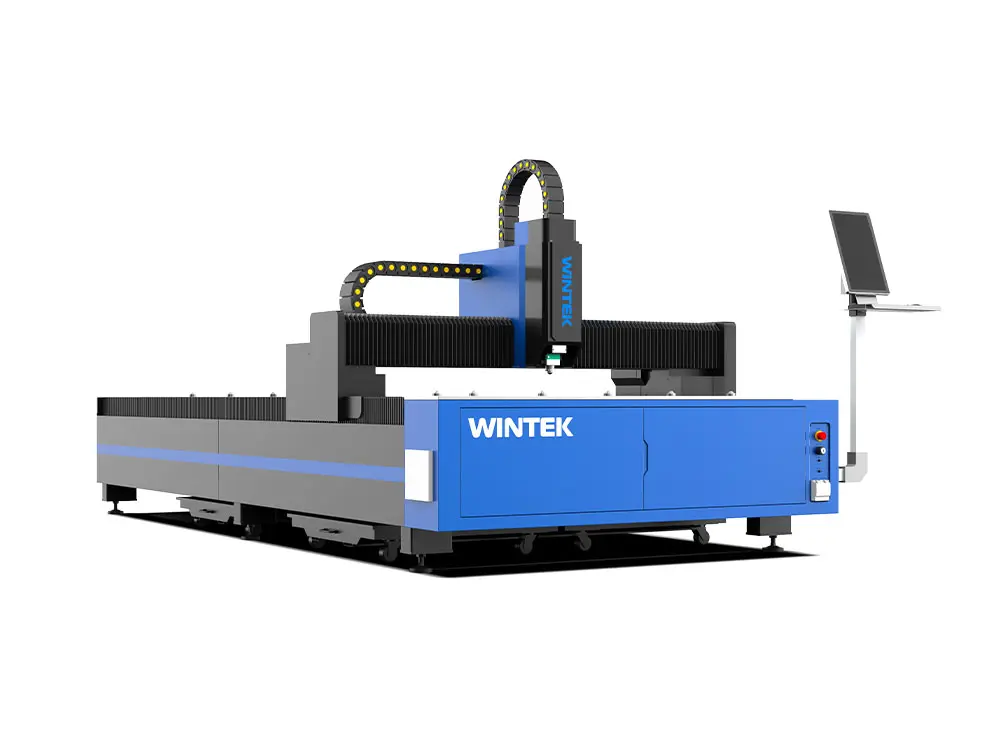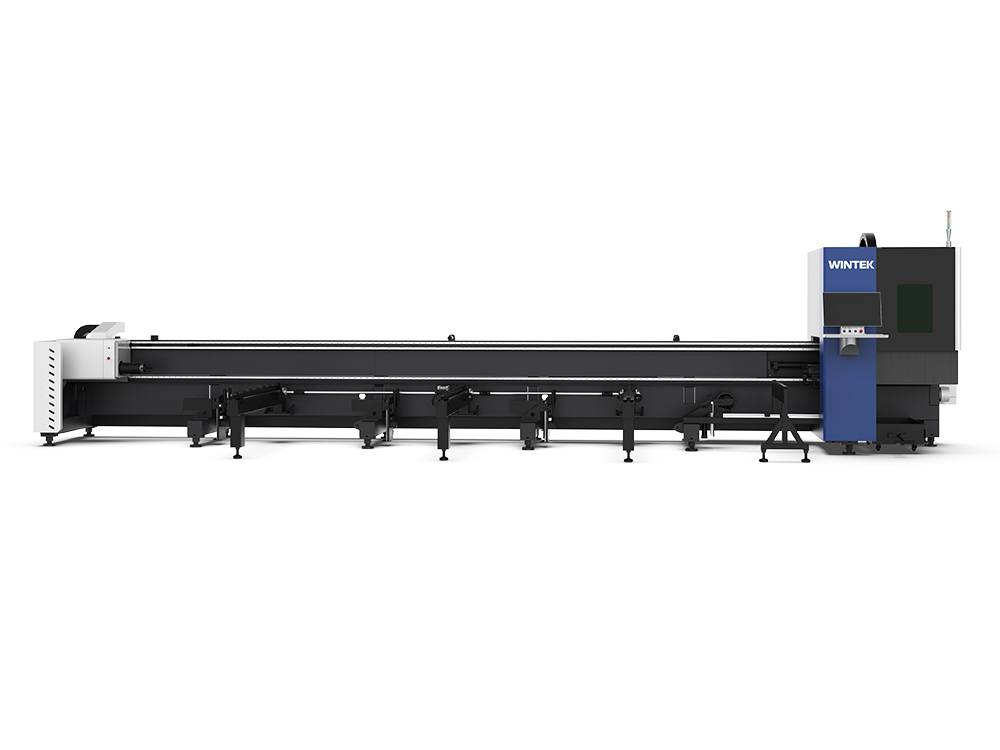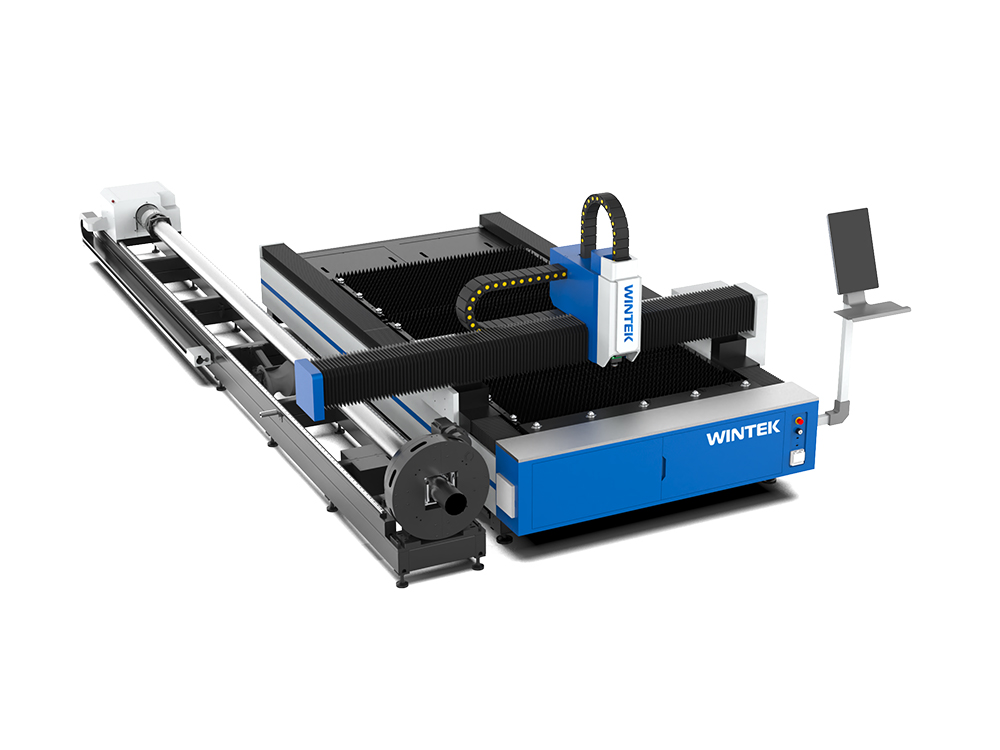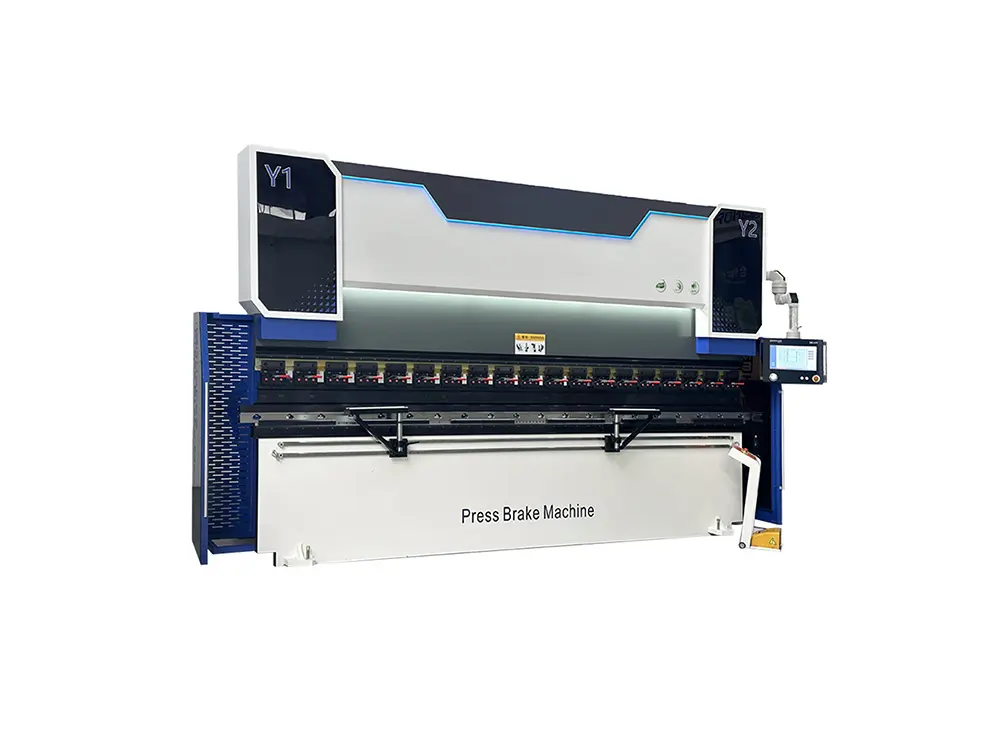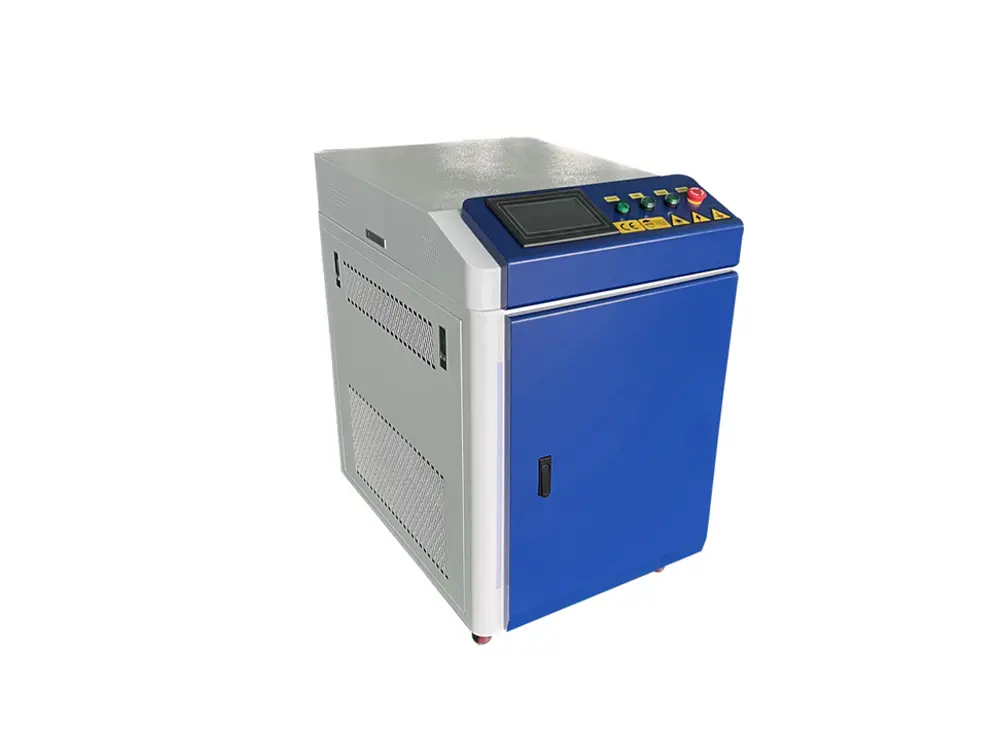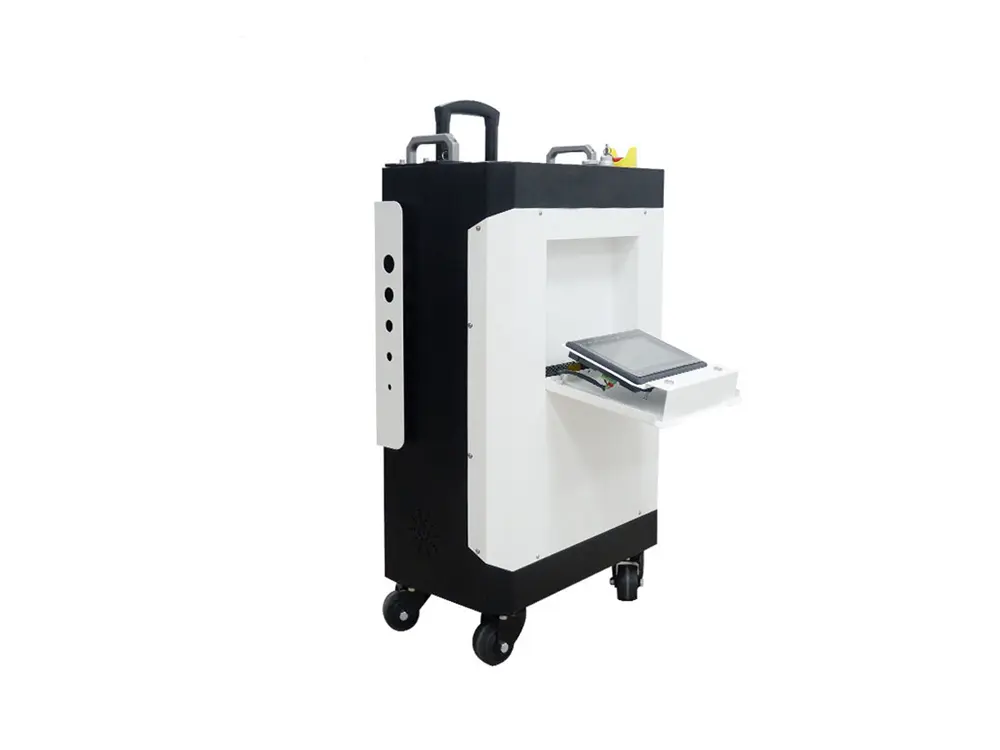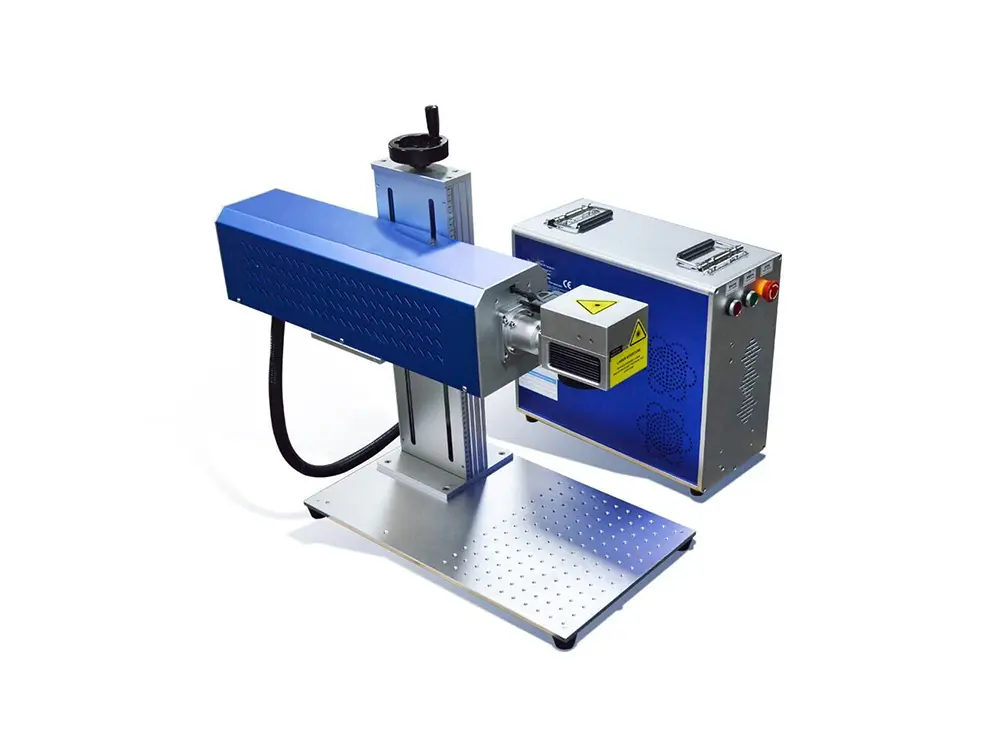Introduction
Laser welding is an advanced welding technique that uses a highly focused laser beam as a heat source to join materials. The process is commonly used to weld metals by directing a laser beam into the joint area, causing the materials to melt and fuse. Laser welding is known for its precision, speed, and ability to produce high-quality, durable welds.
Laser welder machine offers advantages such as high welding speed, excellent weld quality, minimal deformation, little to no need for post-processing, and the ability to weld refractory materials. The laser welding technology can achieve welding operations on complex shapes and inaccessible areas by precisely controlling welding parameters, solving problems that are difficult to overcome with traditional welding methods.
This article explores the diverse applications of laser welding across industries.
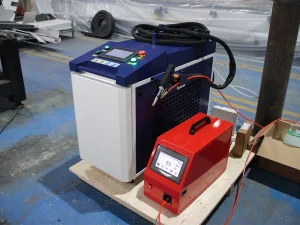
Benefits of Laser Welding
Laser welding is widely regarded as a cutting-edge technology due to its precision, efficiency, and versatility. Below are the key benefits that make laser welding an ideal choice for various industries:
1. High Precision and Accuracy: Laser welding delivers precise and accurate welds, even in intricate and small-scale applications. It is ideal for welding delicate components without damaging surrounding areas.
2. Minimal Heat-Affected Zone (HAZ): The highly focused laser beam minimizes the heat-affected zone, reducing material distortion.
3. Fast Welding Speed: Laser welding operates at high speeds, making it suitable for high-volume production.
4. Ability to Weld Dissimilar Materials: Laser welding is suitable for various metal materials. It can effectively weld metals such as carbon steel, stainless steel, aluminum, titanium, copper and their alloys.
5. High-Quality Welds: The process produces clean, strong, and aesthetically pleasing welds. It reduces the need for secondary processing, such as grinding or polishing.
What Is Laser Welding Used For?
Laser welding is an advanced technique that uses a focused laser beam to join materials, offering precision, speed, and high-quality welds. Its applications span various industries:
1. Automotive Industry
The automotive industry is one of the largest adopters of laser welding technology. It is used extensively in the production of car components such as body panels, transmission parts, and exhaust systems. Laser welding offers high-speed processing and precision, making it ideal for mass production while ensuring strong and reliable welds. Its ability to weld dissimilar metals is also a significant advantage in lightweight vehicle manufacturing.
2. Aerospace Industry
In the aerospace sector, where precision and reliability are paramount, laser welding is employed to create components such as turbine blades, fuel tanks, and structural parts. The technology’s ability to produce defect-free welds with minimal heat-affected zones ensures the integrity and performance of critical aerospace components. Additionally, laser welding is used in repairing high-value parts, reducing costs and material waste.
3. Electronics Industry
The electronics industry benefits greatly from laser welding’s precision and adaptability. It is used to manufacture components such as sensors, batteries, and microelectronic devices. The technology enables the creation of intricate welds in small spaces without damaging sensitive electronic components. Laser welding is also widely used in assembling lithium-ion batteries for consumer electronics and electric vehicles.
4. Energy Sector
In the energy sector, laser welding is utilized for constructing and maintaining equipment such as pipelines, wind turbines, and solar panels. The technology’s efficiency and ability to create durable welds ensure the longevity and reliability of energy infrastructure. It is also increasingly used in nuclear power plants for specialized welding tasks that demand precision and safety.
5. Jewelry and Watchmaking
Laser welding has found a niche in the jewelry and watchmaking industry, where it is used to repair and assemble delicate items. The technology’s ability to create seamless and precise welds without damaging surrounding materials makes it ideal for working with precious metals and intricate designs.
6. Consumer Goods Industry
The consumer goods sector utilizes laser welding for producing items such as kitchen appliances, electronics, and tools. Its precision and aesthetic quality make it ideal for creating products that require seamless joints and visually appealing finishes.
Laser Welding FAQ
-Does Laser Welding Need Gas?
Yes, laser welding requires gas, which is mainly used to protect the welding area, improve the weld quality, and reduce the possibility of defects in the welding process.
-How Does a Laser Welding Machine Work?
The laser welding machine uses a high-energy laser beam to melt and fuse materials at the joint, creating precise, strong welds with minimal distortion.
-How Much Are Laser Welding Machines?
Laser welding machines typically cost between $2,000 and $8,000, depending on the type, power, and features.
-How Thick Can a Laser Welder Weld?
The thickness that a laser welder can handle is typically around 25mm for steel, but this depends on the power of the laser and the material being welded.
Conclusion
Laser welding is widely used in various industries due to its high precision, fast speed, strong welds and high quality. From automotive manufacturing to electronic devices, it provides innovative solutions for applications that require accuracy and reliability. As the industry continues to develop, laser welding has always been in a leading position, driving the advancement of manufacturing efficiency and product quality.
Jinan Wintek Laser Technology Co., Ltd is a leading manufacturer of laser welding machines. Our WINTEK laser welding machines offer six key advantages: exceptional efficiency, superior quality, cost-effectiveness, flexible operation, multifunctionality, and support for multiple languages. For more information about our laser welding machines, feel free to contact us.

